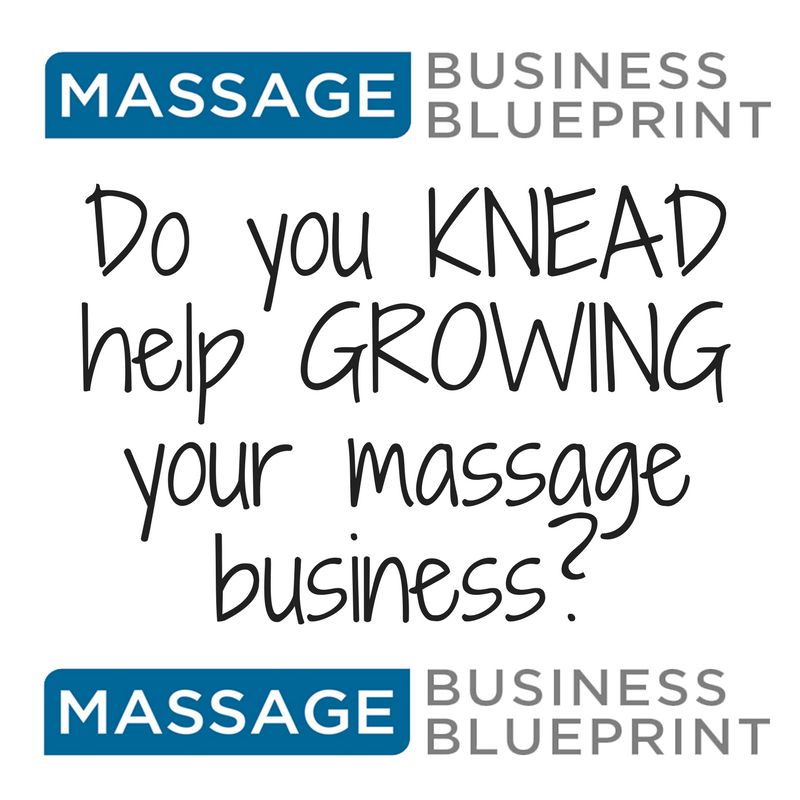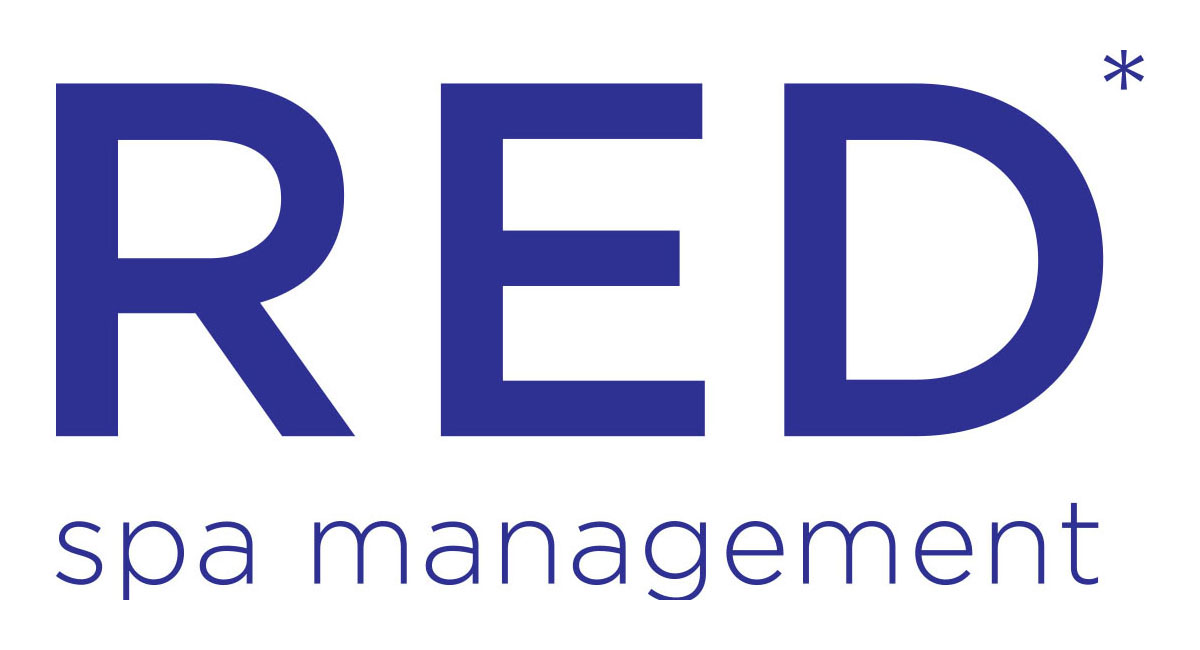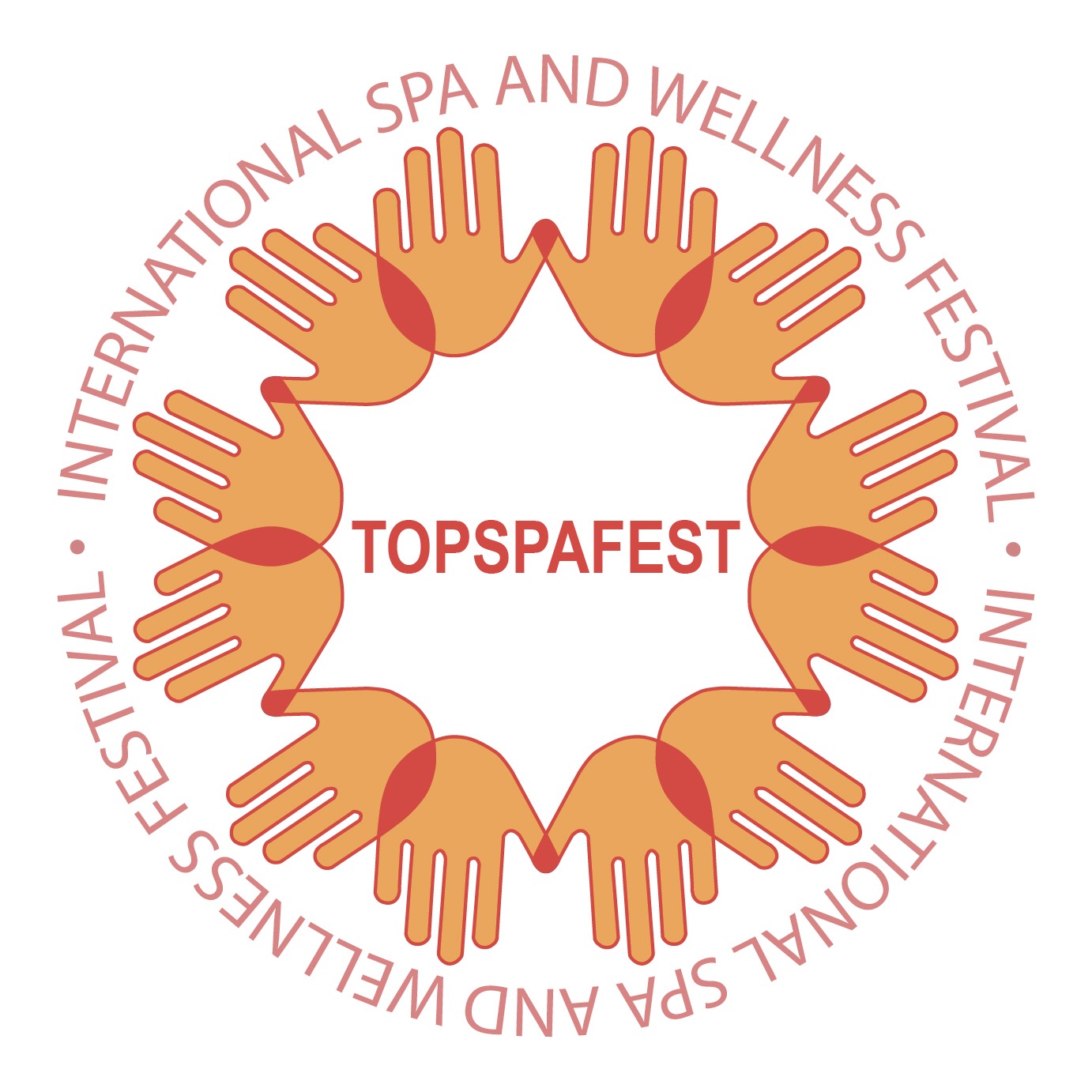
MYOPRACTIC
www.myopractic.com
*Cross Fiber Friction, Deep pressure with circular friction on the muscles,
Myofascial Release and others are used.
1. COMPRESSION STRETCHING - Techniques which achieve deep relaxation,
relieve tension, spasms, and holding patterns in the muscle.
2. CLEARING - Methods to clean obstructions from soft tissue, e.g., trigger points,
scar tissue, muscle bundles, old bruises.
3. SEPARATING - To release myofascial adhesions, separate fascial planes and
balance muscles.
*Can be performed on any limb and most parts of the body.
MYOTHERAPY
www.bpmyo.com
First stage: The therapist first locates and diffuses the trigger points of pain through applying pressure to those locations. This process relieves the pain and also relaxes the muscles associated with the specific discomfort.
Second stage: During the therapy session the patient undergoes a series of exercises to progressively stretch the muscles that have been relaxed by the pressure therapy.
How the Treatments Are Performed:
Expect your first visit to a myotherapist to last about 90 minutes.
The therapist will begin by taking an extensive history.
You'll probably be questioned about your past and current occupations, sports, accidents, injuries, and presence of diseases.
The therapist will then evaluate your muscle strength and flexibility, searching for the "trigger points" that myotherapists blame for most types of muscle pain.
To relieve the problem, the therapist will apply pressure to each trigger point
for about 5 to 7 seconds, using his fingers and hands.
This pressure will be painful, but is likely to provide almost immediate relief from at least some of the pain that led you to seek therapy.
It can also result in a virtually instant increase in the mobility of tightly contracted muscles.
Finally, the therapist will stretch the affected muscles and show you a set of corrective stretching exercises to do at home.
*Can be performed on any limb and most parts of the body.
ORTHOPEDIC MASSAGE
www.orthopedicmassage.net/about_us.htm
*Techniques include transverse friction, PNF, myofascial release, trigger point therapy, strain-counterstain, and postural analysis among others.
1. Orthopedic Assessment - When working with soft tissue injuries and pain it is paramount that the therapist be able to assess the nature of the condition and understand its physiological pattern. This enables the therapist to determine if massage is appropriate ad if so, what kind(s). The therapist must have some method of systematic evaluation of the clients' condition.
2. Matching the Physiology of the Injury with the Physiological Effects of the Treatment - There is no single massage modality that will effectively treat every condition. Therefore each client is seen as an individual, in some situations a particular technique will be highly beneficial, and in others it may be contraindicated. This is why the therapist must understand the physiological affects of the treatments/he chooses.
3. Treatment Adaptability - As each client’s condition improves or worsens the therapist is able to choose what protocol will work best for that individuals needs at that time. This simply means the therapist should never adhere to one set of techniques.
4. Understanding the Rehabilitation Protocol - The Orthopedic Massage system supports understanding the rehabilitation process and protocol. This includes knowledge of proper tissue healing and injury prevention. While it is out of the scope of the massage therapist to prescribe a rehabilitation plan, the orthopedic massage therapist often works in conjunction with other health professionals; therefore it is important that s/he understand these rehabilitation factors.
PAUL ST. JOHN NEUROMUSCULAR THERAPY
www.healthquestenterprisesinc.com/stjohnseminars/id11.html
The therapist applies pressure for 8-12 seconds to each area being treated (pressing longer may cause the body to treat the pressure as an intrusion, particularly if there is inflammation in the tissues). Optimal success is achieved by applying pressure to trigger points or ischemic areas 3-4 times for 8-12 seconds rather than a longer duration. This is because the therapist’s goal is to interrupt the physiopathological reflex circuits. St. John therapists believe that the healing process should also be an educational process, so they work to teach the patient about their health, structure, biomechanics, and anything else that may be influencing their pain condition.
Proper Stages of Rehabilitation (Paul St. John)
1.Eliminate spasms, hypercontraction and trigger points from the tissues
(therapy).
2.Restore proper biomechanics (movement).
3.Restore flexibility to the tissues (stretching).
4.Rebuild strength of the injured, weak, and/or atrophied tissues.
5.Build endurance of the tissue.
MYOSKELETAL ALIGNMENT TECHNIQUES (MAT)
www.erikdalton.com
Massage therapists trained in the MAT method of deep-tissue therapy find success in assessing and correcting a wide range of chronic pain conditions by integrating the following eight procedures:
1. Observe for upper and lower crossed syndromes upon the client's entrance.
2. Conduct a five-minute structural assessment on the therapy table with the client draped.
3. Lengthen short, hypertonic muscles with deep-tissue, myofascial release, and assisted-stretching techniques.
4. Tone weak, inhibited muscles with fast-paced spindle-stimulating maneuvers.
5. Fibroblast-friction hyper-mobile ligaments and loosen hypo-mobile ligaments using finger, fist and elbow procedures.
6. Massage fibrotic transversospinalis muscles to unlock stuck facet joints or to stimulate spindles if weak and inhibited.
7. Restore joint play and capsular flexibility with co-activating receptor techniques.
8. Relieve disc compression and dural drag with gentle distraction maneuvers.
Therapists also learn six dynamic ways to identify and correct conditions such as: sciatica, lumbago, scoliosis, rib dysfunction, carpal tunnel, rotator cuff injuries, forward head postures, and anterior scalene syndrome.
1—Evaluate painful neck, shoulder, arm, and low back structures looking for ART = Asymmetry, Restriction of motion and Tissue texture abnormality.
2—Lengthen only the hypertonic (tight) muscles.
3—Tonify weak, inhibited muscle groups to promote agonist/antagonist balance.
4—Palpate and dig-out fibrosis in deep spinal rotator muscles that lock facet joints open or closed.
5—Improve scoliotic postures by releasing cervicocranial, cervicothoracic, transabdominal, and pelvic diaphragms.
6—Correct adhesions, sympathetic spasm, and joint blockage caused by tension, trauma and poor posture.
SOFT TISSUE RELEASE (STR)
www.softtissuerelease.com
With STR, the client is placed in a particular position so that the muscle begins to stretch in a very specific direction or plane. The exact location of the injury has been defined and a determined pressure is applied directly into the affected tissue or along a specific line of injury. At the same time, depending whether passive or active techniques are being used, the client is given a set of instructions that now engage the antagonist of the muscles involved. Then muscle is extended from a fixed position in a determined direction under a pinpoint of pressure. Decrease in pain and increase in the range of motion are often immediate, offsetting any minor discomfort experienced. STR can be modified so there is no client discomfort at all. The flowing motions of STR and total client control afford new levels of deep tissue work and subsequent pain relief.“Technique based on the principles of European Osteopathy and Active Isolated Stretching using light to medium pressure on the areas of concern, holding the stretch for no longer than 2 seconds at a time.” Trigger Point Therapy to a series of points in a taut band plus stretching.
1.The basic method is to start with a muscle relaxed and held in a shortened position by moving the associated joint.
2.Deep focused pressure should be applied directly to the adhered fibers to fix them in position.
3.The muscle is then stretched passively away form this fixed point by moving
the joint.
4.As the stretch takes place, the pressure point can be drawn a couple of inches in the opposite direction without reducing pressure, which achieves an even greater local stretch.
TANDEM POINT THERAPY
www.tandempoint.com
1.Pressure to a trigger point.
2.Plus pressure to another trigger point in the taut band or to a point in a pain referral pattern.
3.Plus pressure to another trigger point.
4.Plus stretching to finish it off.
MYOFASCIAL RELEASE
www.myofascialrelease.com
*Myofascial Release is generally an extremely gentle sustained pressure and gentle form of stretching.
MUSCLE RELEASE TECHNIQUE (MRT)
www.positivehealth.com/PERMIT/Articles/Bodywork/young52.htm
(PASSIVE MOVEMENT)
With Muscle Release Technique ®, the client is placed in particular positions so that the muscle begins to stretch in a very specific direction of plane. Then pressure is applied directly into the focal point of the affected tissue. The combination of a specific extension, precise pinpoint compression, and an exact plane of movement, while working with the breath, can produce an immediate release. The scar tissue is broken up and the muscle length is restored.*Muscle release uses active isolated stretching. Shorten the muscle passively, and then use a gliding lock along it while holding the stretch for two (2) seconds—that’s it!
1.Put a little pressure on the muscle tissue.
2.Put the muscle through a specific plane of stretch.
3.Holding only for two seconds.
ACTIVE RELEASE TECHNIQUE (ART)
www.activerelease.com
(ACTIVE MOVEMENT)
1.Locate the adhesions that are causing the problem.
2.Apply tension with the thumbs over these lesions in the direction of the fibers.
3.Have the client elongate the muscle, while the therapist continues to apply tension to the lesion.
ROLFING
www.rolf.org
First hour. The structural integration practitioner systematically loosens up the body’s (fascial) sheath. The torso gains length and more space is created between the ribs allowing the diaphragm to expand. Therefore the client’s capacity for breathing is greatly increased. The iliac crest (top of the hip) and the lateral thighs (TFL) are also addressed along with the hamstrings and lumbar area. As you can see, the first hour of Structural Integration addresses both upper and lower girdles extensively. Girdles referring to shoulder and pelvic.
Second hour. The feet and legs is the target of this session. Afterwards, the§ client feels stronger, more securely “planted” and grounded. Experiencing more foot to the floor and a new walking gate.
Third hour. The purpose of this session is to integrate the first two sessions. The practitioner works from the temporal lobe to the patella (knee). The shoulders, ribs, and pelvis are arranged into an even stack. The goal here is to create equipoise (equal tissue front and back) between the anterior and posterior structure. When structure is viewed from a profile stance, most people have more tissue in the front or back but seldom equally distributed.
Fourth hour. This session addresses the body’s “active core.” The§ practitioner works on the inside line from the ankles to the pelvic floor. At the end of the fourth session the inside medial line has lengthened. Thus creating balance in the pelvic floor.
Fifth hour. This session is a continuation of the fourth, working on the inside line. This is where the psoas, a deep stomach, muscle is addressed. Allowing more space from the stomach through the abdominal region.
Sixth hour. The practitioner works the back of the legs and the deep rotator muscles in each hip. Opening of the pelvis is emphasized in this session. The goal is to mold a structure that rests upon a well-supported vertical core.
Seventh hour. The practitioner works on balancing the neck and head onthe spine. Focusing on the fascia of the neck loosening connective tissues around the skull and face. The thorax and upper back are re-addressed in this hour and sometimes the arms depending on individual need
Eight, Nine and Tenth hours. The final three sessions is devoted to integration – putting it all back together. Creating a body that is balanced and can move in any direction with equal ease and freedom. Sessions can run from 1- 1½ hours in length.
HELLERWORK
www.hellerworkcanada.org
Session 1: Concentrates on the body parts - the ribcage, arms, shoulders,and hips - associated with expanding the chest to breathe deeply and freely and aligns the ribcage over the pelvis.
Session 2: Centers on the feet and legs; aligning the joints and making sure that the body's weight is distributed over the feet's arches.
Session 3: Aligns the sides of the upper body by releasing tension in the shoulders, arms and sides.
Session 4: Concentrates on the inside leg muscles and the pelvic floor.
Session 5: Brings the pelvis into a more horizontal position that supports the "guts" more effectively.
Session 6: Focuses on the spine and the whole of the back, balancing the work of the previous session.
Session 7: Works to release tension in the head, face, and neck and align
the head over the torso.
Session 8: Facilitates movement and balances muscles in the lower body - the legs, feet, hips, and pelvis.
Session 9: Facilitates movement and balances muscles in the upper part of
the body - the arms, shoulders, ribcage, and neck.
Session 10: Works on the major joints to produce overall balance of the body.
Session 11: This is different from the other 10 sessions and no bodywork in used. In this session the treatment is completed by a process of acknowledgement and a review of results obtained, with the client asking any questions they might have. Learning how to take the results out into daily life is emphasized, together with continuous progress by more conscious use of the body.
INTEGRATED NEUROMUSCULAR INHIBITION TECHNIQUE
www.positivehealth.com/permit/Articles/Bodywork/chaitow59.htm
First stage: Neuromuscular Technique (NMT), in which a tender/pain/trigger point in supraspinatus is located and ischaemically compressed, either intermittently or persistently.
Second stage: Positional Release Technique (PRT) The pain is removed from the tender/pain/trigger point by finding a position of ease which is held for at least 20 seconds, following which an isometric contraction is achieved involving the tissues which house the tender/pain/trigger point.
Third stage: Muscle Energy Technique (MET), following the holding of the isometric contraction for an appropriate period, the muscle housing the point of local soft tissue dysfunction is stretched. This completes the INIT sequence.
FELDENKRAIS
www.feldenkrais.com
I§t is a movement-based solution to movement-based problems.
Lessons are usually preformed on a carpet or on one or two folded blankets
on the floor.
The movements in these lessons are not physical exercises, to be repeated
rapidly or unconsciously.
Repeat each movement slowly, generally no faster than one cycle of movement per normal cycle of relaxed breath.
Feel your movements.
Movements in these lessons are not difficult; there will be some movements you cannot do easily at first.
Gently resist the familiar temptation to work harder.
After each lesson, stand up carefully, bringing any changes in your organization into standing.
MEDICAL MASSAGE
www.americanmedicalmassage.com
Deep tissue techniques should be applied first with a gentle pressure into the tissue for a depth of one to three centimeters (to stimulate the mechanoreceptors), then to the depth of the periosteum or joint complex. The different techniques can be further organized into the following categories based on physical load to the tissue fibers: Traction, Compression, Torque, Bending, Shearing, Jamming, Shaking & Combined technique. Medical massage is delivered to an anatomical region based on soft tissue and joint findings and after diagnostic palpation.
Medical massage therapy is not limited to myofascial tissues; it includes highly specialized joint complex and joint mobilization techniques. Joint mobilization techniques should be applied first with supportive manual pressure on the joint, then with gentle normal range of motion. All approachable connective tissue at the joint complex should be systematically massaged, then mobilized.
PFRIMMER
www.pfrimmer.com
Cross fiber friction is the main technique this style uses.Other styles incorporated into the Pfrimmer technique: myofascial release, positional release and trigger point work.
TRAGER
www.trager.com
Gentle, non-intrusive, natural movements.
No oils or lotions are used. The client is dressed for their comfort, with a minimum of swimwear or briefs, and are additionally draped appropriately. During the table work session the client is passive and lying on a comfortably padded table. The practitioner moves the client in ways they naturally move, and with a quality of touch and movement such that the recipient experiences the feeling of moving that effortlessly and freely on his/her own. The movements are never forced so that there is no induced pain or discomfort to the client.
RUSSIAN MASSAGE
A system of therapeutic and sports massage developed in the former Soviet Union. The four main techniques are: Petrissage, Effleurage, Friction and Vibration.









